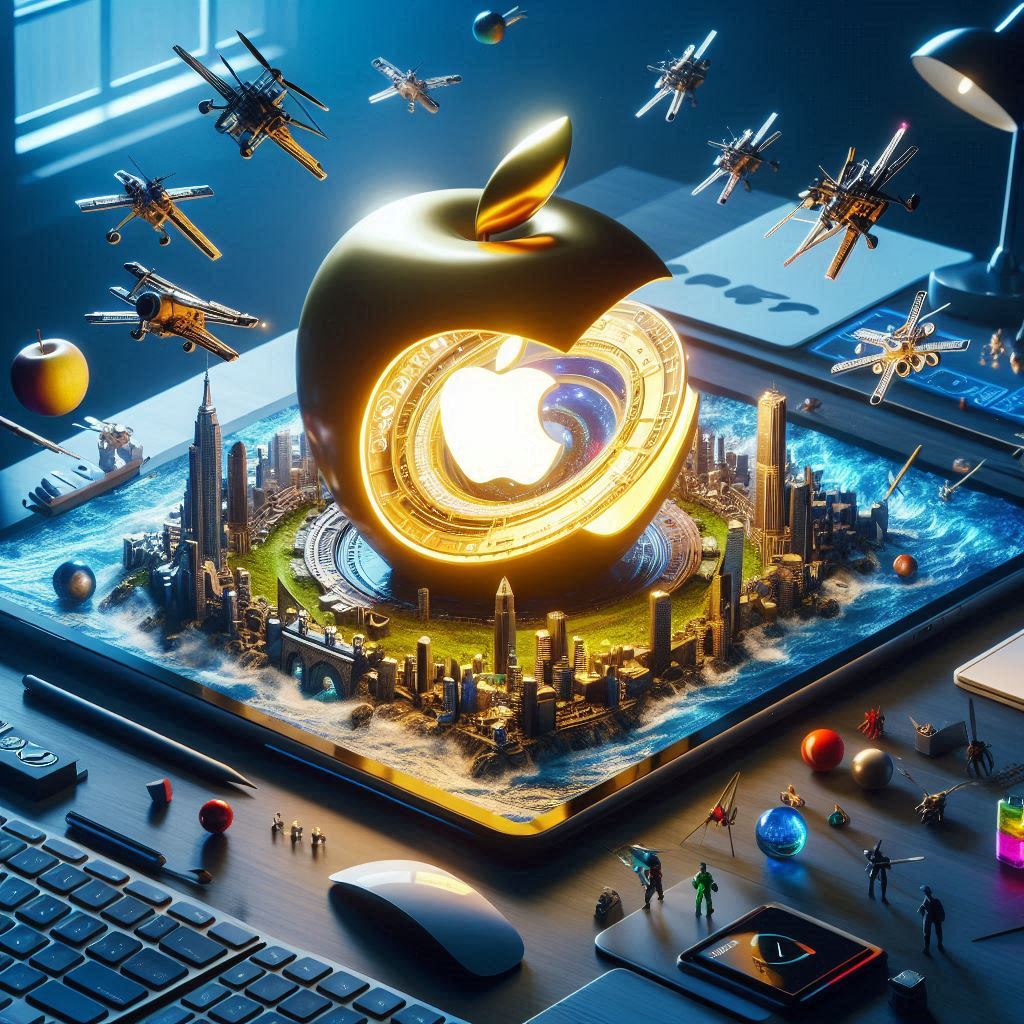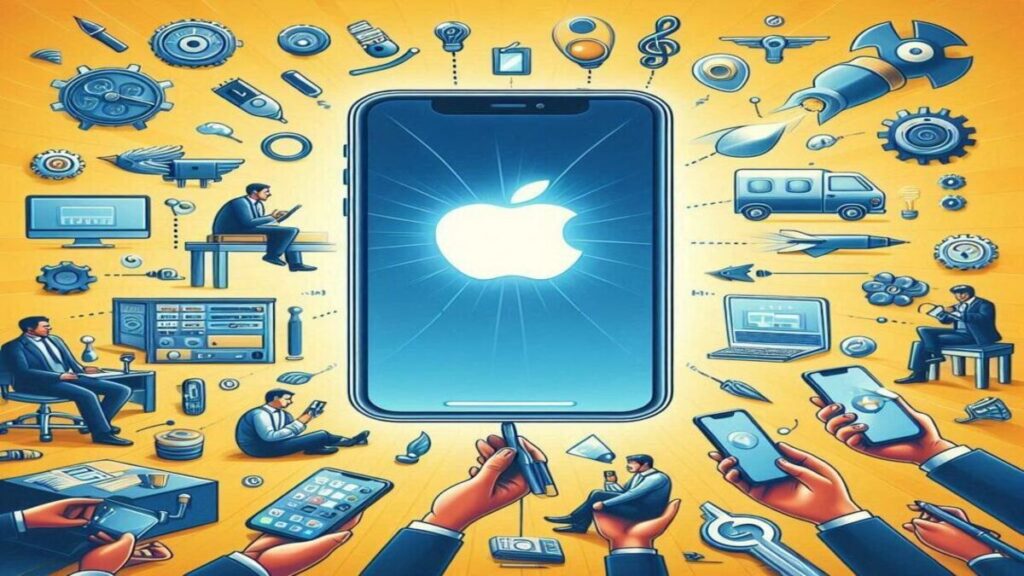When was iphone invented and by whom?
The development of the iPhone was a collaborative effort involving a team of Apple engineers and designers led by Steve Jobs, the co-founder and CEO of the time.
The idea of creating a mobile phone that integrated with other devices and services dates back to 2004. However, the project gained momentum in 2005 when acquired FingerWorks, a company specializing in gesture-recognition technology.
The iPhone development team, known as the “Purple Team,” was led by:
- Steve Jobs: CEO and visionary leader
- Jonathan Ive: Senior Vice President of Industrial Design
- Scott Forstall: Senior Vice President of iOS Software
- Tony Fadell: Senior Vice President of the iPod Division
- Greg Christie: Lead Designer
The team worked tirelessly to create a revolutionary device that would combine the functionality of a phone, an iPod, and an internet communications device into one product. The iPhone was officially announced by Steve Jobs at the Macworld conference in San Francisco on January 9, 2007.
The first-generation iPhone was released on June 29, 2007, in the United States, exclusively on the AT&T network. It had a 3.5-inch touchscreen display, a 2-megapixel camera, and a 4GB, 8GB, or 16GB storage capacity. The iPhone ran on iOS, a mobile operating system developed by Apple.
Since then, the iPhone has undergone numerous transformations, with new features, designs, and technologies being introduced with each subsequent generation. Today, the iPhone is one of the most popular and influential smartphones on the market.
Why was the iPhone invented ?
The iPhone was invented to revolutionize the mobile phone industry and create a new standard for smartphones. Steve Jobs, the co-founder and CEO of Apple at the time, wanted to combine the functionality of a phone, an iPod, and an internet communications device into one product.
Here are some key reasons behind the invention of the iPhone:
- Convergence: Jobs wanted to create a device that would converge the functionality of multiple devices into one, making it easier for people to carry and use.
- User Experience: To create a mobile phone that would provide an intuitive and user-friendly experience, unlike the complex and cluttered smartphones available at the time.
- Internet on the Go: The iPhone was designed to make it easy for people to access the internet, check email, and use online services on the go.
- Music and Media: The iPhone was also intended to be a portable media player, allowing users to enjoy music, videos, and other content on a single device.
- Disrupt the Market: Jobs wanted to disrupt the traditional mobile phone market, which was dominated by Nokia, Motorola, and BlackBerry at the time.
- Create a New Platform: The iPhone was designed to create a new platform for developers to build apps, games, and other content, which would eventually become the App Store.
- Design and Innovation: Apple wanted to showcase its design and engineering expertise by creating a beautiful, sleek, and innovative device that would set a new standard for the industry.
By inventing the iPhone, aimed to create a game-changing device that would transform the way people communicate, access information, and enjoy media on the go.
Apple aimed to create a game-changing device how?

Gadget that would change the game by:
- Simplifying the User Interface: Introducing a multi-touch interface that was intuitive and easy to use, eliminating the need for physical keyboards and buttons.
- Large Touchscreen Display: Featuring a large, high-resolution touchscreen display that would revolutionize the way people interact with their phones.
- Mobile Internet: Providing fast and easy access to the internet, making it possible for people to browse, email, and use online services on the go.
- App Store: Creating a platform for developers to build and distribute apps, games, and content, which would expand the device’s capabilities and user experience.
- Music and Media: Integrating the iPod’s music and media capabilities, making the iPhone a comprehensive portable media player.
- Design and Engineering: Crafting a sleek, minimalist design that would set a new standard for industrial design and engineering in the tech industry.
- Seamless Integration: Ensuring seamless integration with other Apple devices and services, like Macs, iPads, and iTunes.
By concentrating on these crucial areas, Apple hoped to develop a product that would not only upend the status quo but also establish a completely new one, one that would reinvent the smartphone market and revolutionise how people work, play, and live.
Apple aimed to create a game-changing device why?
Apple wanted to make a gadget that would change the game for a number of reasons.
- Disrupt the Status Quo: Apple wanted to challenge the dominant players in the mobile phone market, such as Nokia, Motorola, and BlackBerry, and disrupt the traditional way of thinking about mobile phones.
- Innovate and Take Risks: Apple has always been a company that values innovation and taking risks. Creating a revolutionary device like the iPhone was a way to showcase their commitment to innovation and push the boundaries of what was possible.
- Create a New Market: Apple saw an opportunity to create a new market for smartphones that was more consumer-focused, rather than just business-focused like many smartphones at the time.
- Expand the Apple Ecosystem: The iPhone was a way for Apple to expand its ecosystem beyond computers and music players, and create a new platform for developers to build apps and content.
- Showcase Design and Engineering Expertise: Apple wanted to demonstrate their expertise in design and engineering by creating a device that was both beautiful and functional.
- Change the Way People Live and Work: Apple aimed to create a device that would change the way people live, work, and communicate, making it an essential tool for daily life.
- Leave a Legacy: Steve Jobs, Apple’s co-founder and CEO at the time, wanted to leave a lasting legacy in the tech industry, and the iPhone was a way to achieve that.
By creating a game-changing device like the iPhone, Apple aimed to make a significant impact on the tech industry and beyond.
Why the iPhone was first released in 2007 by apple Inc.?
The iPhone was first released in 2007 by Apple Inc. for several strategic reasons:
- Technological advancements: By 2007, technology had advanced enough to enable the creation of a powerful, user-friendly, and internet-capable smartphone.
- Market demand: There was a growing demand for smartphones, and Apple saw an opportunity to enter the market with a revolutionary device.
- Competition: Apple wanted to compete with other smartphone manufacturers like BlackBerry, Nokia, and Palm, and create a new standard for smartphones.
- Convergence of technologies: Apple had developed the necessary technologies, such as multi-touch gestures, mobile OS, and iTunes integration, to create a converged device.
- Steve Jobs’ vision: Steve Jobs, Apple’s CEO at the time, had a vision for a mobile phone that would combine the functionality of a phone, an iPod, and an internet communications device.
- Apple’s innovation cycle: Apple had a history of innovating and disrupting markets with new products, and the iPhone was the next step in this cycle.
- Timing: The timing was right, as the mobile phone market was ripe for disruption, and Apple was ready to launch a game-changing device.
Apple was able to capitalize on emerging technologies, market demand, and their own innovation cycle to create a revolutionary device that would change the smartphone industry forever.


